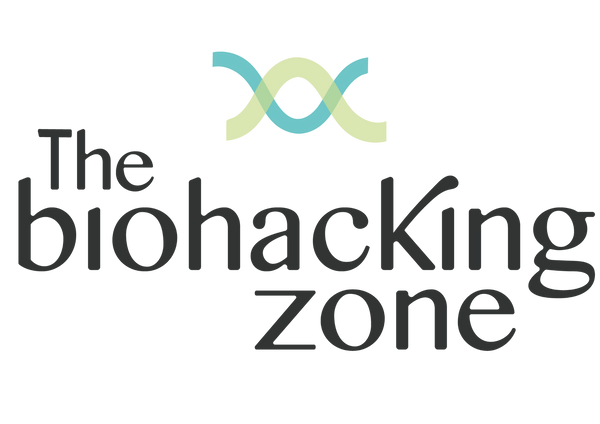Detoxing post-explant is a crucial step on the path to recovery, but the methods employed often need a closer look. The provocative title, "Detox: You're Doing it Wrong," might stir some reactions, and that's intentional. Challenging conventional beliefs about healing is vital to prevent inadvertently causing more harm than good. There's a better, less painful way to detox, and understanding the body, binders, their half-life, and detox pathways is key to achieving it.
Whether dealing with weight loss, hormone imbalances, or autoimmune issues post-explant, a well-informed detox plan is essential. Unfortunately, many current approaches are akin to a street sweeper, stirring things up without effectively eliminating toxins from the body.
The first crucial step in any detox plan is removing the source of toxic exposure. In the case of breast implant illness, the interference from implants is often overlooked. Addressing this chemical interference is paramount for successful detox and healing. Additionally, acknowledging and supporting the body's natural drainage pathways, such as the bowels, liver, kidneys, gallbladder, lymph, skin, and lungs, is essential. Neglecting these pathways may result in the recirculation of toxins, hindering the detoxification process.
Cellular energy, facilitated by mitochondria, plays a central role in post-explant recovery. Restoring ATP, the cell's energy currency, is crucial, especially considering the energy-intensive nature of both recovery from surgery and detoxification. Supporting mitochondrial function becomes imperative to enhance energy production during the detox process.
Biochemical detoxification pathways, such as methylation and glutathionization, are often overlooked. Breast implants can activate harmful genes, especially during times of emotional stress. Understanding how methylation works beyond detoxification is crucial, as its deficiency can lead to a range of issues, from DNA damage to increased susceptibility to diseases.
Addressing cellular inflammation is vital in combating breast implant illness. Systemic cellular inflammation, affecting cell communication and gene expression, is a driving force behind this epidemic. Staying updated on research related to inflammation, detox, and gene expression is crucial for practitioners to achieve better results.
Preparation for deeper detox work involves addressing gut health and systemic pathogens. Pathogens generate biotoxins that burden the liver, adding to the detox load. Clearing these low-hanging fruit issues before diving into intensive detox can significantly improve the overall detox experience.
Using true oral chelators is another aspect often overlooked. Organic binders like chlorella or cilantro, while popular, may not be strong enough to fully eliminate heavy metals. Investing in binders that can effectively cross cell membranes and the blood-brain barrier ensures successful toxin elimination from the body.
In conclusion, a well-informed and comprehensive approach to detox post-explant is essential. It involves understanding the body's intricacies, supporting vital pathways, restoring cellular energy, and employing effective binders.
By rethinking and refining your detox strategy, you can pave the way for a more successful and less painful healing journey after explant surgery.


